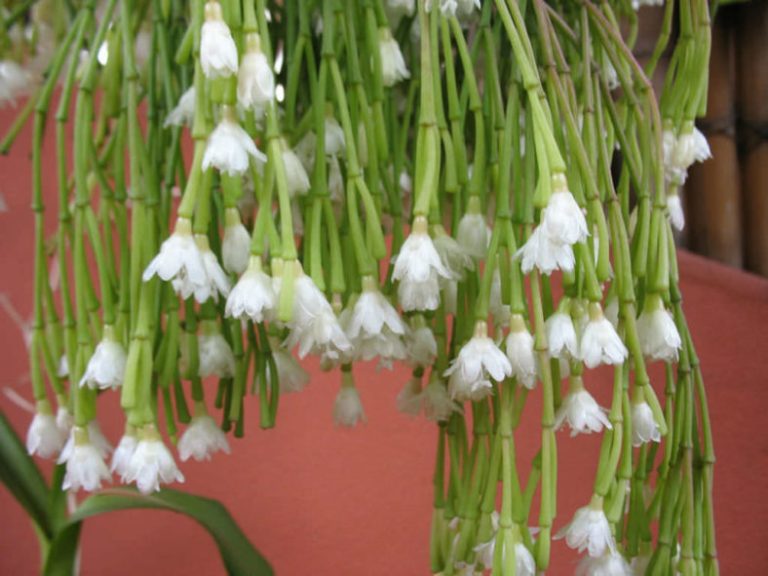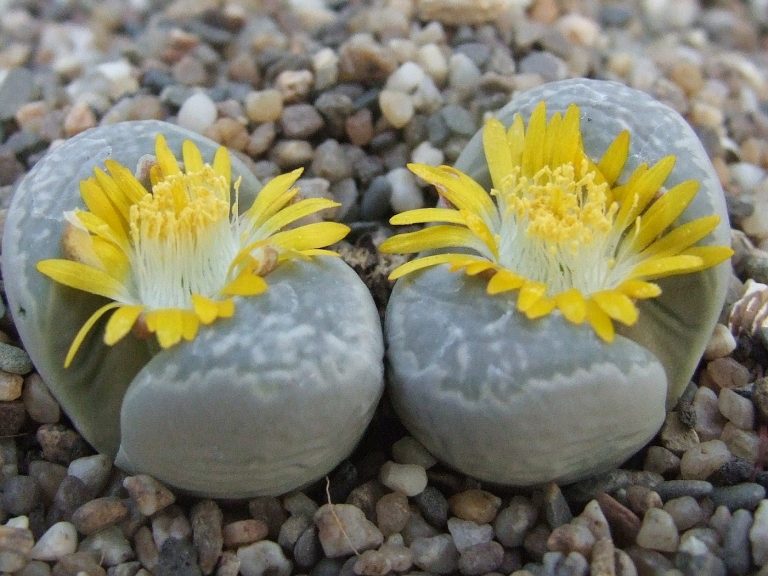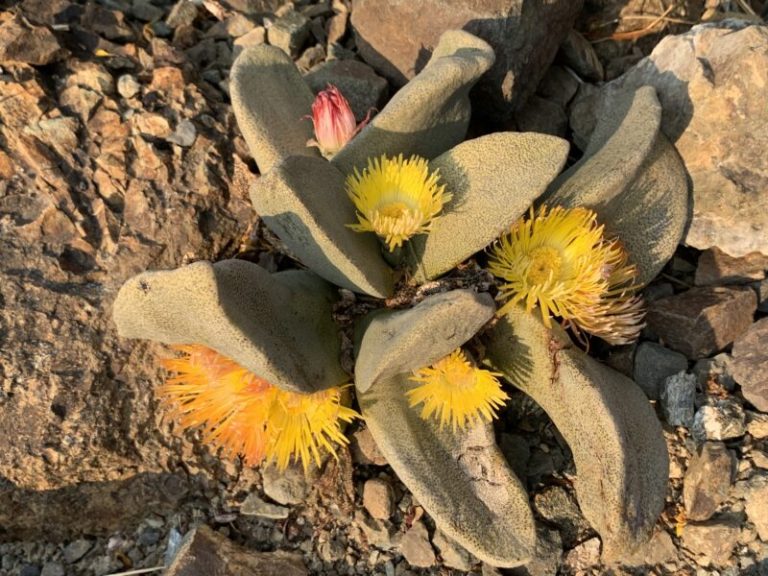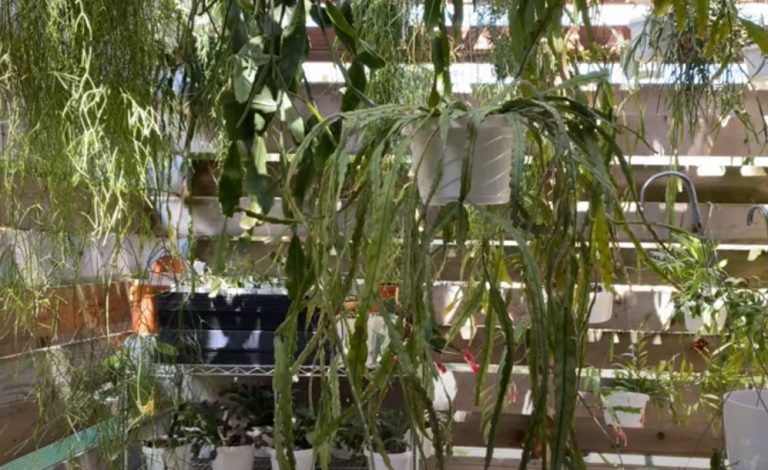All about lophophora williamsii caespitosa

Introduction to Lophophora Williamsii Caespitosa
Lophophora Williamsii Caespitosa, commonly known as peyote, is a fascinating and unique plant that has captured the attention of many due to its botanical features, cultural significance, and various uses. In this article, we will delve into the world of Lophophora Williamsii Caespitosa, exploring its appearance, habitat, historical importance, modern uses, and more. Get ready to uncover the wonders of this remarkable plant!
What is Lophophora Williamsii Caespitosa?
Lophophora Williamsii Caespitosa is a small cactus that belongs to the Cactaceae family. It is instantly recognizable by its unique appearance – a rounded shape with a flat top covered in button-like protrusions known as tubercles. These tubercles are often bluish-green, blending harmoniously with the rest of the plant. At the center of each tubercle, you will find a cluster of fine white hairs, which are modified spines.
The natural habitat of Lophophora Williamsii Caespitosa is primarily found in the Chihuahuan Desert, spanning across southern Texas and northern Mexico. This desert region provides the perfect plant growth conditions, including well-drained soil and ample sunlight.
Historical and Cultural Significance
Lophophora Williamsii Caespitosa holds great importance in various indigenous cultures. It has been an integral part of spiritual and healing practices for centuries. The Native American tribes, particularly the Huichol and Navajo, consider peyote a sacred plant and incorporate it into their ceremonies.
The usage of Lophophora Williamsii Caespitosa can be traced back thousands of years. The ancient tribes revered it for its ability to encourage altered states of consciousness, leading to spiritual experiences and visions. The plant was used as a sacrament during rituals, providing a connection to the divine and a deeper understanding of the universe.
Importance of Lophophora Williamsii Caespitosa in Modern Times
In modern times, Lophophora Williamsii Caespitosa continues to be a subject of great interest due to its various uses in medicine and research. The plant contains psychoactive compounds, including mescaline, with potential therapeutic applications. Researchers are exploring the effects of mescaline on mental health situations such as depression, anxiety, and PTSD, hoping to unlock its healing properties.
Furthermore, Lophophora Williamsii Caespitosa has gained popularity among plant enthusiasts and collectors. Its unique appearance and cultural significance have captured the fascination of many, leading to an increased demand for this remarkable cactus. However, it is crucial to approach the plant responsibly and respectfully, considering its historical and cultural context.
Understanding the Botanical Features of Lophophora Williamsii Caespitosa
To truly appreciate the beauty of Lophophora Williamsii Caespitosa, we must take a closer look at its botanical features, including its anatomy, growth, and reproduction.
Anatomy of Lophophora Williamsii Caespitosa

Lophophora Williamsii Caespitosa has a complex yet captivating structure. It consists of a central stem called the cephalium, from which the tubercles arise. The cephalium is flat and covered in a wool-like substance, giving the plant a soft and velvety appearance. Each tubercle houses an areole, a spine cluster that protects the plant from predators.
Notable characteristics distinguishing Lophophora Williamsii Caespitosa from other plant species include its distinctive shape and coloration. The flat top and tuberculated surface are unlike any other cactus, making it easily identifiable.
Growth and Lifecycle
Lophophora Williamsii Caespitosa follows a unique lifecycle, starting from a small seed and growing into a mature plant over many years. The plant experiences various stages, including germination, establishment, growth, and flowering.
The growth of Lophophora Williamsii Caespitosa heavily depends on environmental factors. It thrives in arid and semiarid regions with well-drained soil and receives plenty of sunlight. The Chihuahuan Desert provides the ideal plant growth conditions, ensuring its survival and sustainability.
Reproduction and Propagation
The reproductive mechanisms of Lophophora Williamsii Caespitosa are intriguing and essential for its continued existence. The plant primarily reproduces through seeds dispersed by animals or carried by the wind. Each tubercle on the plant has the potential to produce seeds, ensuring a higher chance of successful reproduction.
Propagation of Lophophora Williamsii Caespitosa can be a challenging task. Traditionally, the seeds are sown in well-drained soil and kept in a warm and humid environment. However, due to its slow growth rate and disease susceptibility, successful propagation requires patience and care.

Lophophora Williamsii Caespitosa, a slow-growing succulent, germinates from seeds best in temperatures ranging from 70 to 90 degrees Fahrenheit and a humidity level of 40 to 60 percent. These conditions mimic its native desert habitat, promoting successful seedling development. Adequate warmth and moisture are essential for initiating the germination process and ensuring the healthy growth of this prized cactus species.
Ethnobotanical Uses of Lophophora Williamsii Caespitosa

The cultural significance of Lophophora Williamsii Caespitosa extends beyond its mere botanical features. The plant has been used for various traditional, medicinal, and recreational purposes.
Traditional and Ceremonial Practices
Lophophora Williamsii Caespitosa plays a central role in indigenous rituals and ceremonies. Native American tribes have incorporated the plant into their spiritual practices, believing it to be a gateway to the divine. Peyote ceremonies involve consuming the plant to induce altered states of consciousness, leading to profound spiritual experiences and visions. These ceremonies also act as a form of communal bonding and cultural preservation.
Medicinal Applications
The therapeutic properties of Lophophora Williamsii Caespitosa have been recognized for centuries. The plant contains mescaline, a psychoactive compound that has shown the potential to handle various mental health conditions. Research is ongoing to explore mescaline’s effects on depression, anxiety, and post-traumatic stress disorder, offering hope for alternative treatments in the future.
Recreational and Psychedelic Use
Lophophora Williamsii Caespitosa, with its psychoactive properties, has also been used recreationally. Individuals seeking mind-altering experiences and a deeper understanding of consciousness have consumed peyote to induce psychedelic effects. However, responsible use and proper guidance are crucial to ensure a safe and meaningful experience, considering the powerful nature of the plant.
Cultivation and Care of Lophophora Williamsii Caespitosa
If you’re fascinated by Lophophora Williamsii Caespitosa and wish to cultivate this remarkable plant, understanding its optimal growing conditions, propagation techniques, and potential challenges is essential.
Optimal Growing Conditions
Lophophora Williamsii Caespitosa thrives in specific growing conditions. It requires a warm and arid climate, with temperatures range between (70 to 90) degrees Fahrenheit. Ample sunlight is crucial for its growth, and it’s best to provide partial shade during the hottest parts of the day. The plant prefers well-drained soil, such as sandy or rocky soil, to avoid soggy conditions.
Propagation Techniques and Considerations
Propagating Lophophora Williamsii Caespitosa can be a rewarding but challenging process. The most common method is through seeds, which require careful sowing and patience as the plant slowly matures. Adequate moisture and warmth are necessary for successful germination. A well-draining soil mixture with appropriate nutrients can aid in the development of healthy seedlings.
However, it’s important to note that propagating Lophophora Williamsii Caespitosa is slow, as the plant has a slow growth rate. It can take several years to reach maturity, so patience is key when cultivating this plant.
Maintenance and Potential Challenges
Proper maintenance is essential to keep Lophophora Williamsii Caespitosa thriving. Regular pruning to remove dead or damaged parts of the plant promotes healthy growth. Adequate watering is necessary, but overwatering can be detrimental. It is important to strike a balance, allowing the soil to dry before watering again.
Pest control is another aspect to consider. While Lophophora Williamsii Caespitosa is generally resistant to pests, it can still fall victim to mealybugs or spider mites. Regular inspections and appropriate pest control measures can help prevent infestations and maintain the plant’s health.
Summary and Frequently Asked Questions

In conclusion, Lophophora Williamsii Caespitosa is an extraordinary plant that captivates with its appearance, historical significance, and wide range of uses. From its role in indigenous ceremonies to its potential medical applications, this cactus intrigues and inspires people worldwide.
Recap of Key Points
Lophophora Williamsii Caespitosa is a small cactus with a rounded shape and button-like tubercles.
It holds good cultural and historical importance in indigenous ceremonies.
The plant is used in medicine and research due to its psychoactive compounds.
Cultivating Lophophora Williamsii Caespitosa requires specific growing conditions and careful maintenance.
Frequently Asked Questions
How long does it take for Lophophora Williamsii Caespitosa to reach maturity?
Lophophora Williamsii Caespitosa is a slow-growing plant and can take several years to reach maturity. Patience is key when cultivating this cactus.
What are the potential medicinal uses of Lophophora Williamsii Caespitosa?
Lophophora Williamsii Caespitosa contains mescaline, a psychoactive compound that shows potential in treating mental health conditions such as depression, anxiety, and PTSD. Ongoing research aims to uncover its therapeutic benefits.
By exploring the botanical features, cultural significance, and cultivation techniques of Lophophora Williamsii Caespitosa, we gain a deeper understanding of this captivating plant. Remember to approach it responsibly, respecting its cultural context and the potential it holds for scientific advancements. So, embark on your journey into the intriguing world of Lophophora Williamsii Caespitosa!





